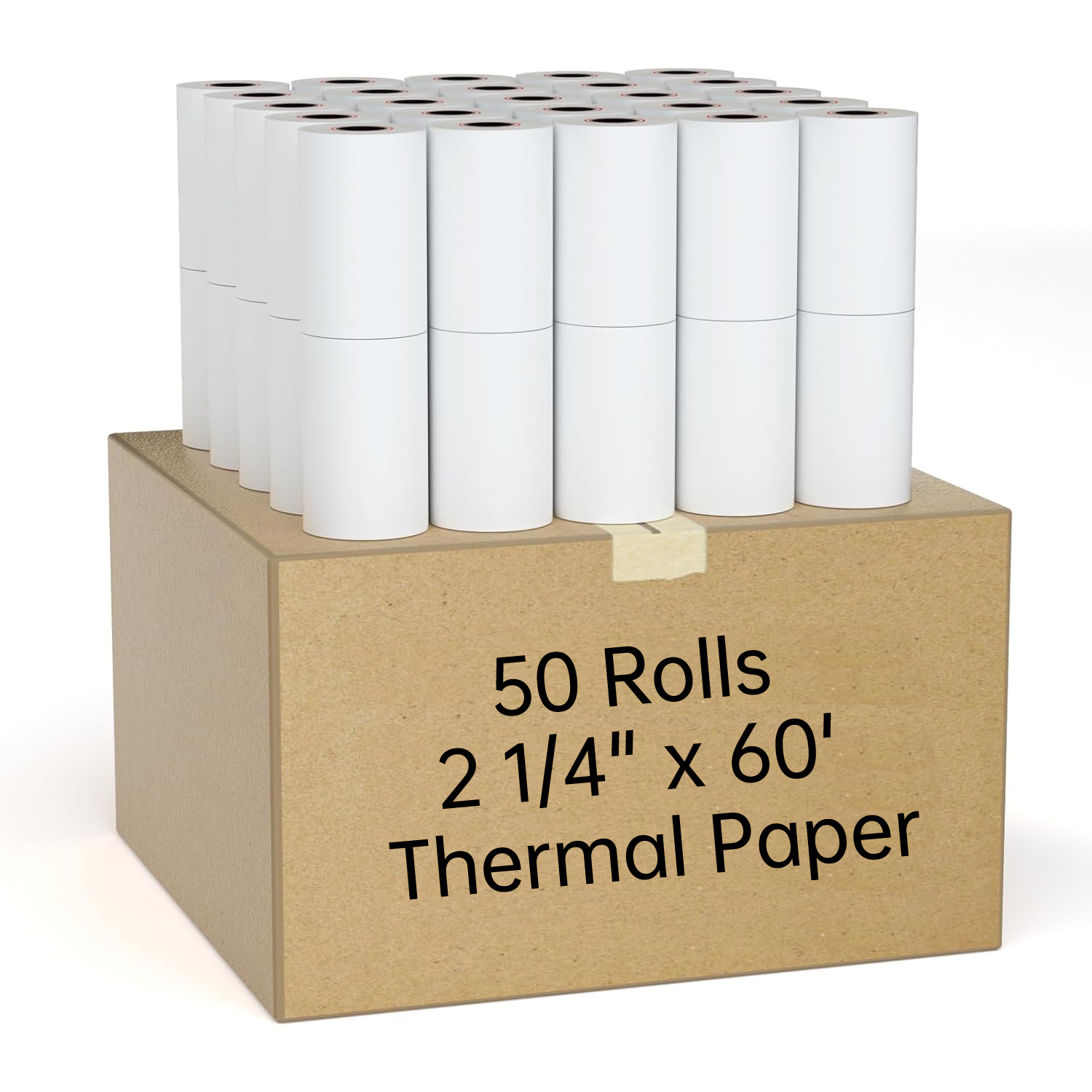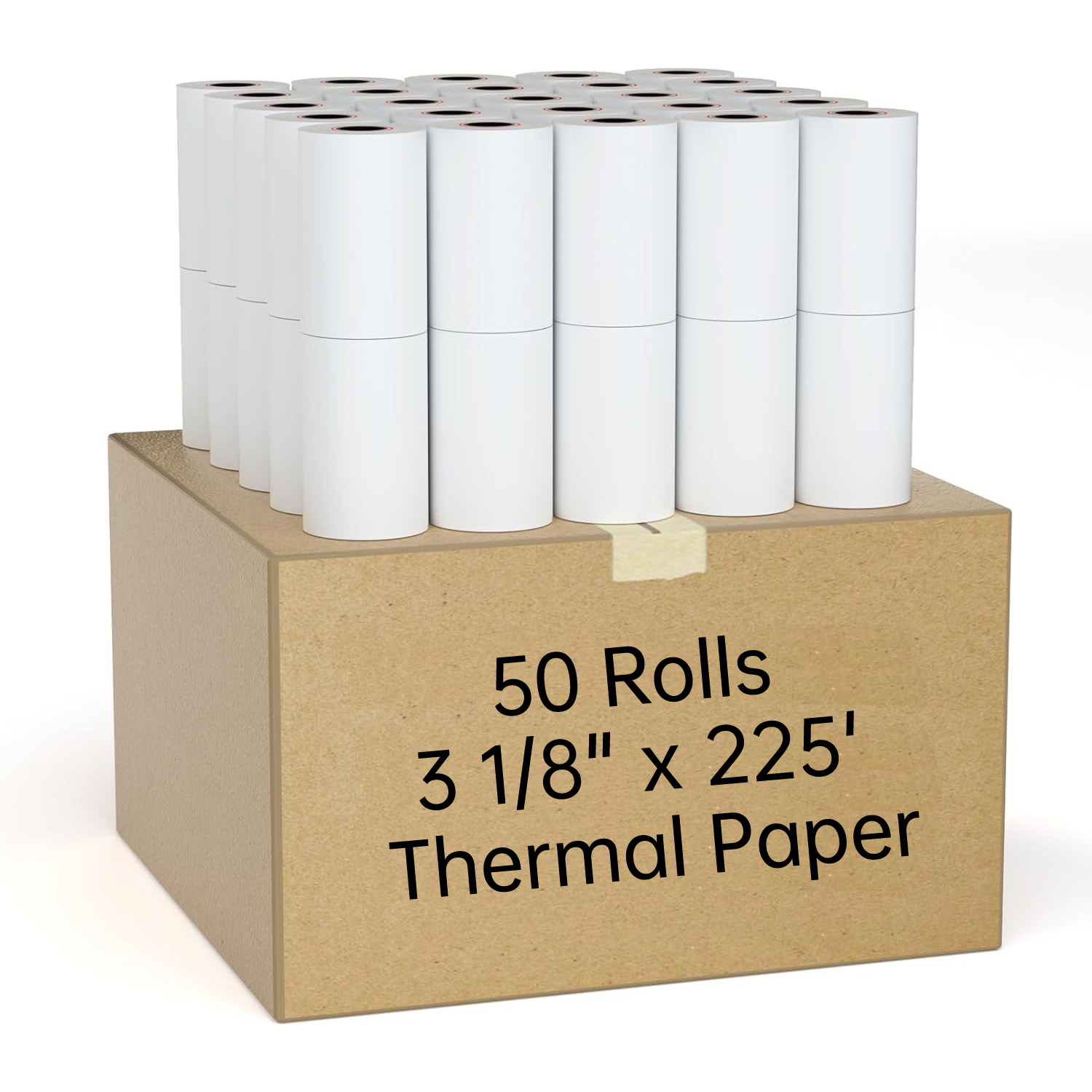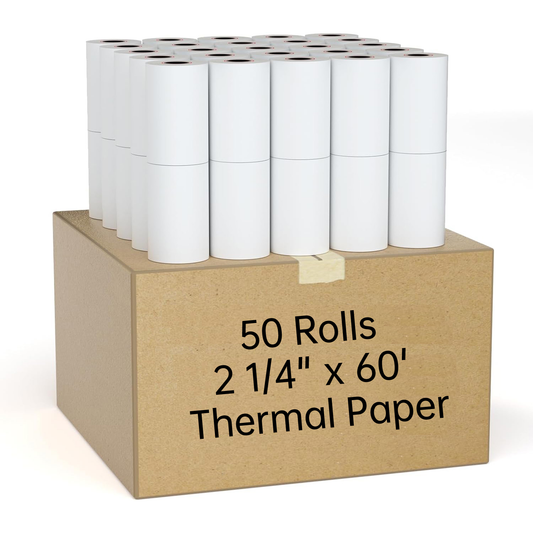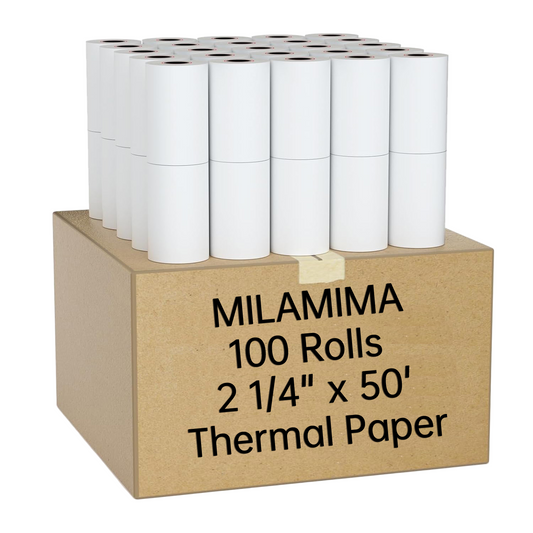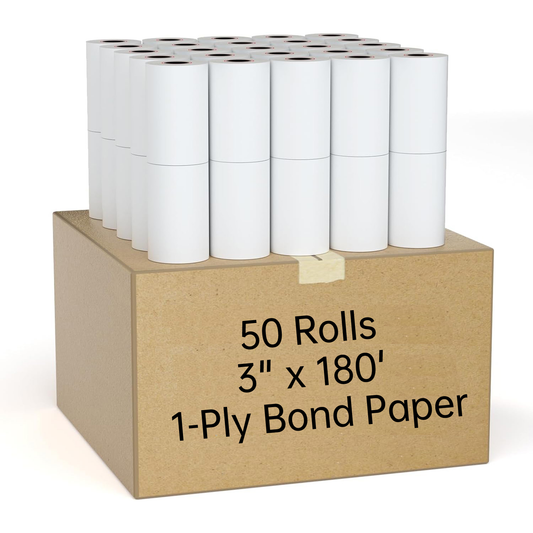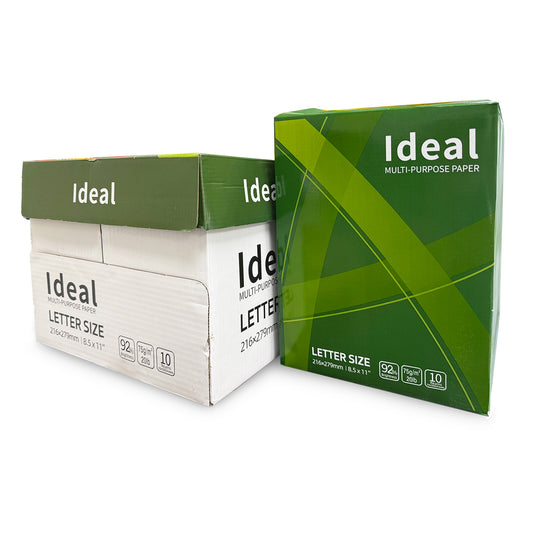Bond Paper Roll vs Thermal Paper Roll: Key Differences; Uses
If you run a business in Canada, whether a retail store, restaurant, or any point-of-sale (POS) operation, choosing the right receipt paper is crucial. Two common types are bond paper rolls and thermal paper rolls. Though they may look similar, these two serve very different purposes and work with different types of printers. In this post, we'll break down the differences, benefits, and ideal uses of each.
What Is Bond Paper Roll?
Bond paper roll is a traditional type of paper commonly used for printing receipts and tickets in impact or dot matrix printers. It’s made from cellulose fibers and has a smooth finish, usually without any special coating. Bond paper is often available in 1-ply or 2-ply varieties, with 2-ply including a carbonless duplicate sheet for making copies.
Because bond paper does not react to heat, it requires ink-based printing technology such as impact printers or thermal transfer printers that use ribbons. Bond paper is known for its durability and ability to store information long-term without fading.
Typical Uses of Bond Paper Rolls
- Impact printers and dot matrix cash registers
- Multi-copy receipts or invoices (carbonless paper)
- Situations where long-term document preservation is required
- Manual accounting or ticket printing
What Is Thermal Paper Roll?
Thermal paper roll, also called audit rolls, is specifically designed for thermal printers. These printers use heat to activate a special heat-sensitive coating on the paper, causing the dye to change color and create an image or text.
The chemical coating on thermal paper contains dye and developers that react to heat, eliminating the need for ink ribbons or toner. This makes thermal printers quieter, faster, and more cost-effective in terms of maintenance.
Typical Uses of Thermal Paper Rolls
- Thermal printers in cash registers and credit card terminals
- Portable and lightweight receipt printers
- POS systems in retail, hospitality, and service industries
- Anywhere fast, quiet printing is preferred
Key Differences Between Bond Paper Roll and Thermal Paper Roll
| Feature | Bond Paper Roll | Thermal Paper Roll |
|---|---|---|
| Printing Technology | Impact/Dot Matrix or Thermal Transfer | Thermal Printing (heat-sensitive) |
| Paper Coating | No special coating | Heat-sensitive chemical coating |
| Ink Usage | Requires ink ribbons or toner | No ink or ribbons needed |
| Durability | Good, long-lasting print | Print fades over time when exposed to heat or light |
| Typical Applications | Multi-copy receipts, tickets, archival documents | Fast receipt printing at POS, credit card terminals |
| Cost | Usually higher due to ink ribbons | Generally lower overall printing cost |
Which Paper Roll Should You Choose?
The choice depends largely on your printer type and business needs:
- If you use a thermal printer, you need thermal paper rolls. These printers rely on heat-sensitive coating and don’t work with bond paper.
- If your equipment uses impact or dot matrix printing, bond paper rolls are the right choice. They are ideal for multi-copy receipts and archival quality.
- Consider environmental factors: Thermal paper prints can fade if exposed to heat, sunlight, or oils, so bond paper may be better for documents needing long-term legibility.
Why Choose MilaMima for Your Paper Rolls in Canada?
At MilaMima, we offer a wide selection of high-quality bond paper rolls and thermal paper rolls sourced to meet Canadian business standards. Our products are designed to fit most popular cash registers, POS systems, and credit card terminals.
- Fast shipping across Canada
- Competitive pricing for businesses big and small
- Reliable quality to keep your receipts clear and professional
Conclusion
Understanding the difference between bond paper rolls and thermal paper rolls can save you time and money by ensuring you buy the right paper for your printer and business needs. Whether you want long-lasting printed receipts or fast thermal printing, choosing the right roll paper is key.
Explore our thermal paper rolls and bond paper rolls today to find the perfect fit for your business.


